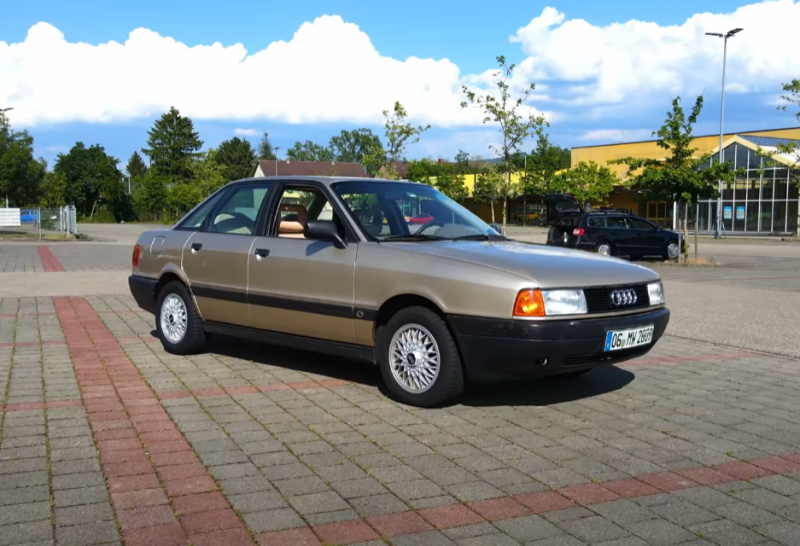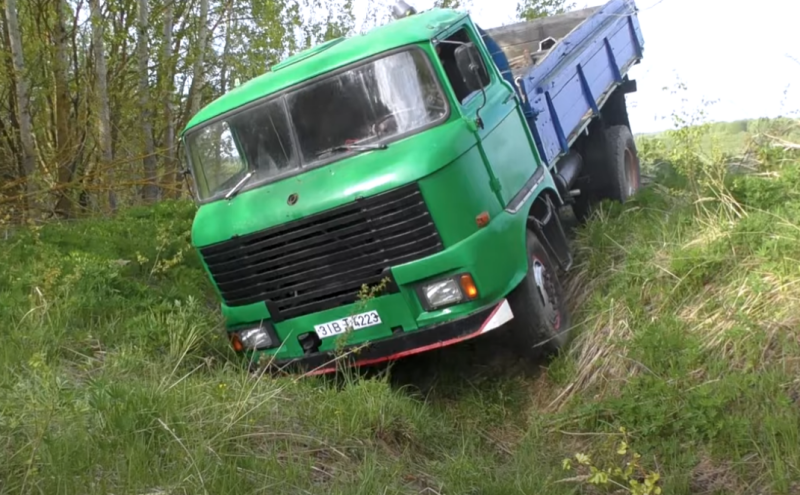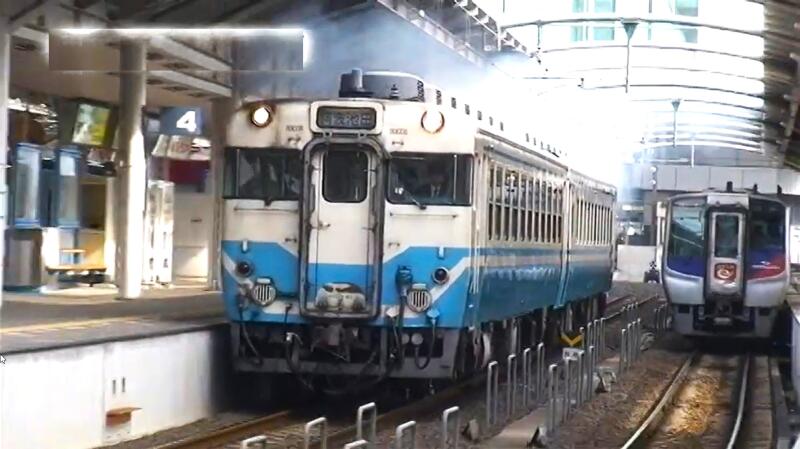In places like these you can trace part of the country's locomotive building history. This “eternal stop” was no exception. Some equipment is “lucky” - it, already put in order, is placed on pedestals and shown to the public in special museums. Other, more “lucky” specimens are even put on the “move” to be used, for example, in movies. But there are also locomotives and carriages that are still waiting in the wings of railway stations. There are similar “sump pits” at almost any large junction.
We come across one of these: a barely visible branch leads through a dense forest, no one knows where. And here around the corner are the first copies. The desolation and abandonment are immediately noticeable: the impression is that an enemy army recently passed through here, sparing nothing on its way. It is unlikely that this technique will wait for a museum. There are also more or less preserved carriages and locomotives: most often from the 60s-80s or after accidents. Here is the prestigious “Strela” (1966), which can be understood by the inscription on the front. There are even steam locomotives! Of course, conquering the desire to climb inside a railway transport is simply irresistible. What’s inside and where is this “cemetery” anyway? The “tour guide” will tell you about this from the video on the “On the Ruins” channel. Watch the video!

Let's not be timid, comrades: we are invited to a megayacht made of pure gold
Billions in accounts are a heavy burden. This is, at a minimum, life in plain sight, under the guns of paparazzi cameras. Every step and breath is recorded and transmitted to the public...









